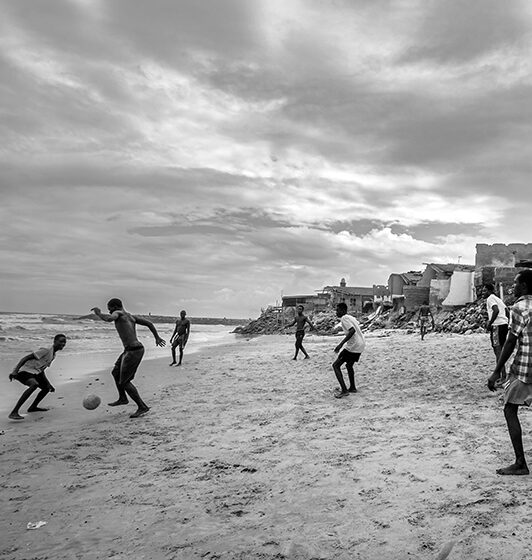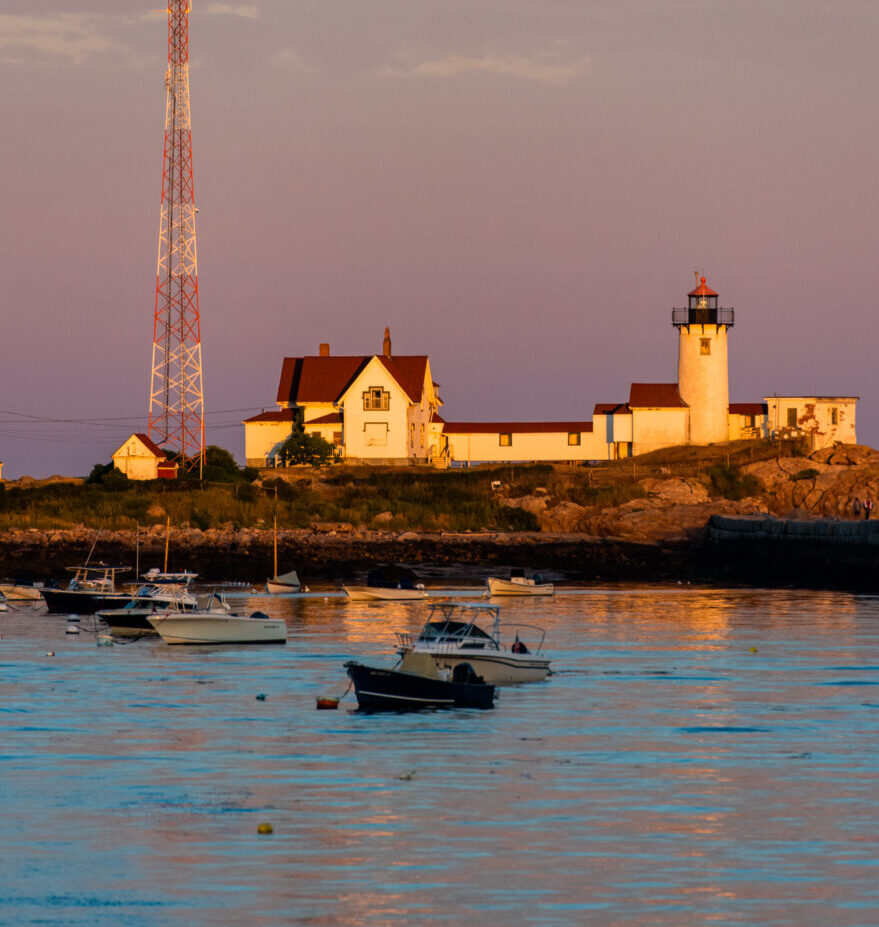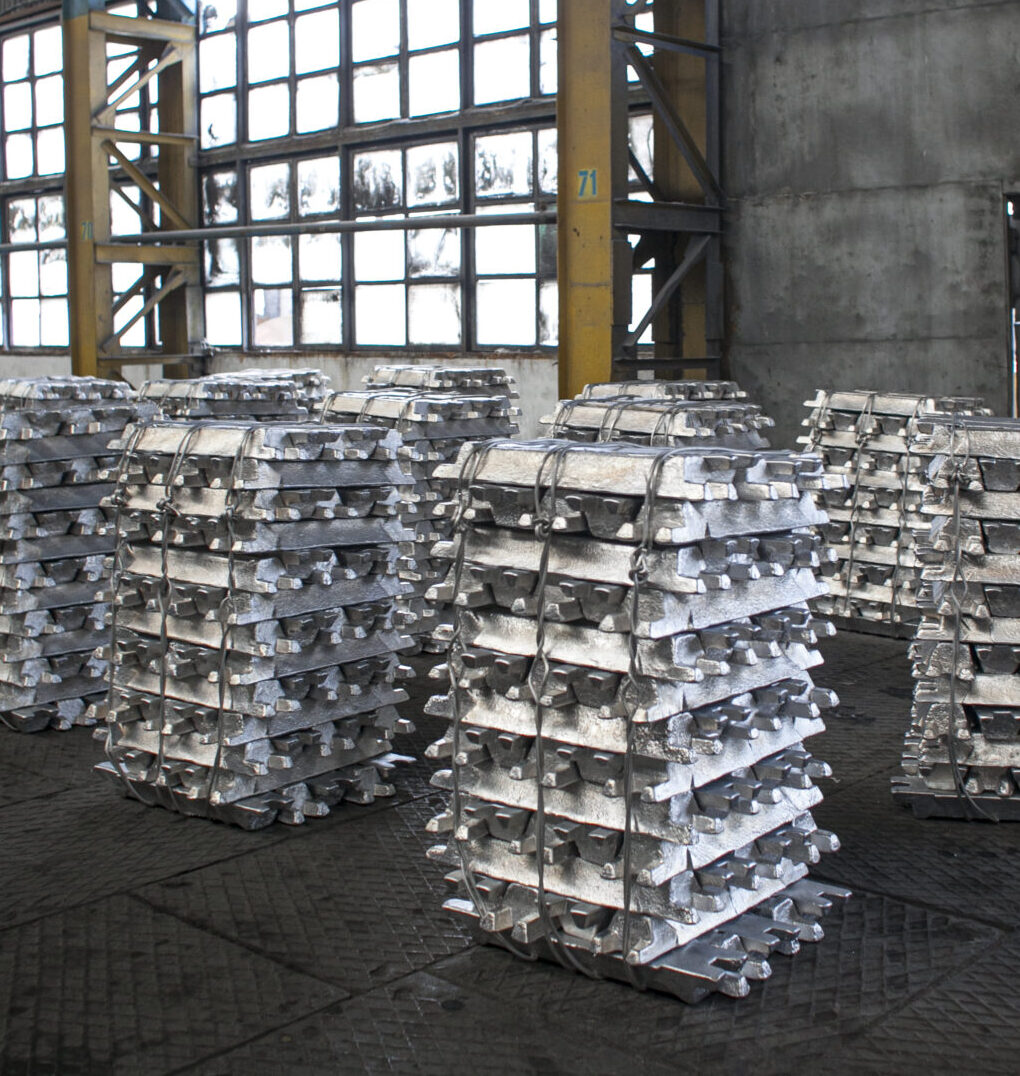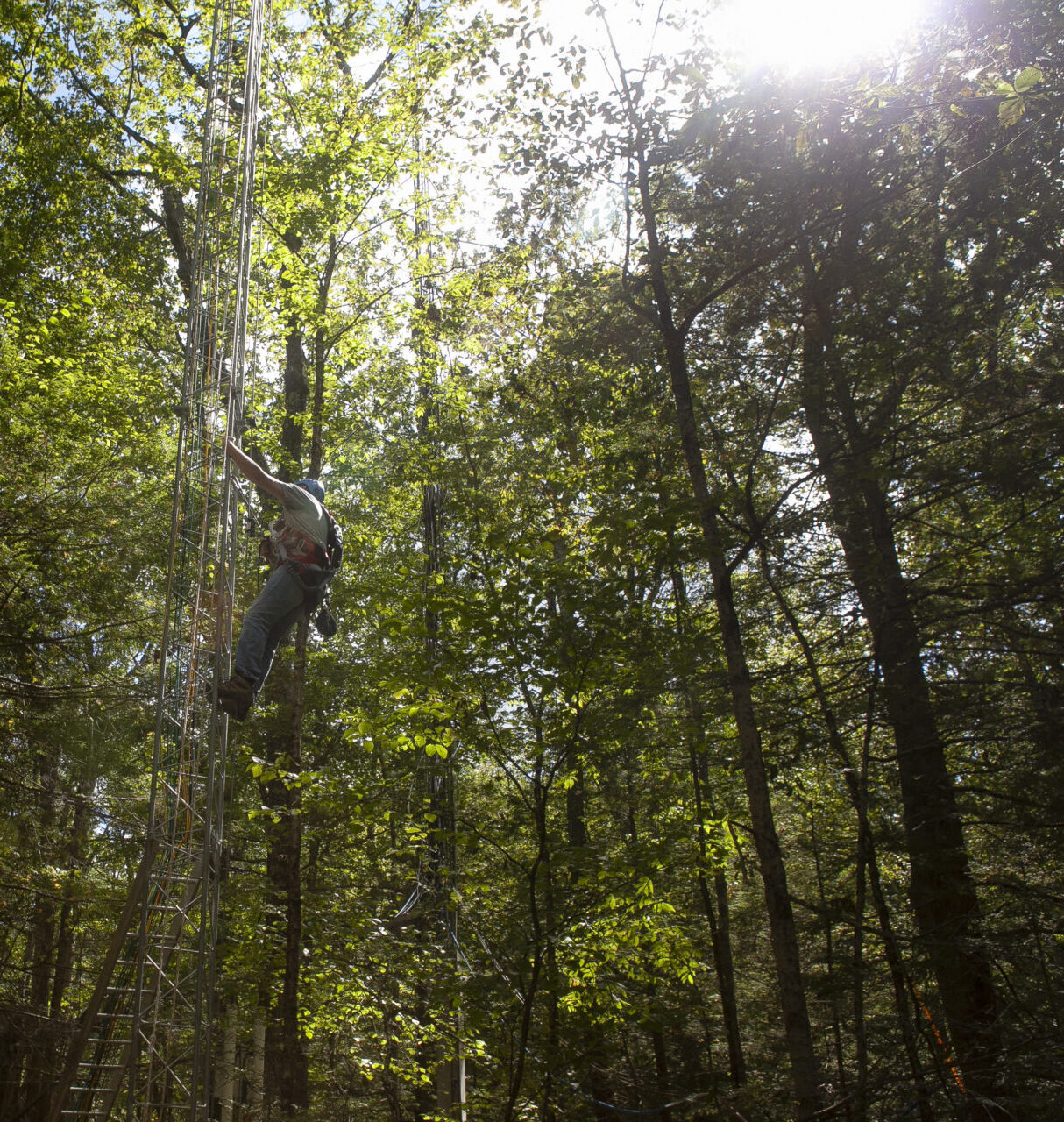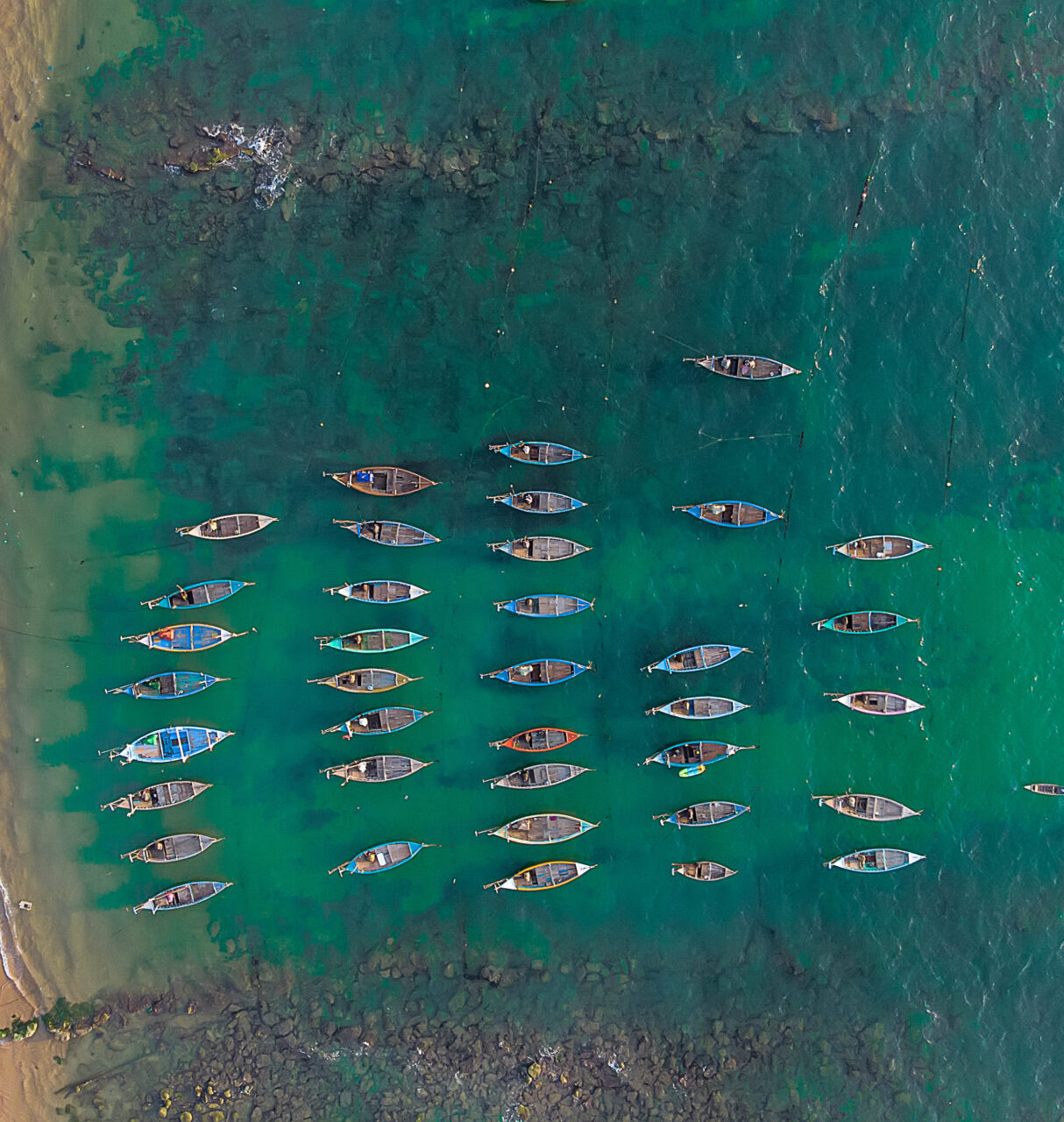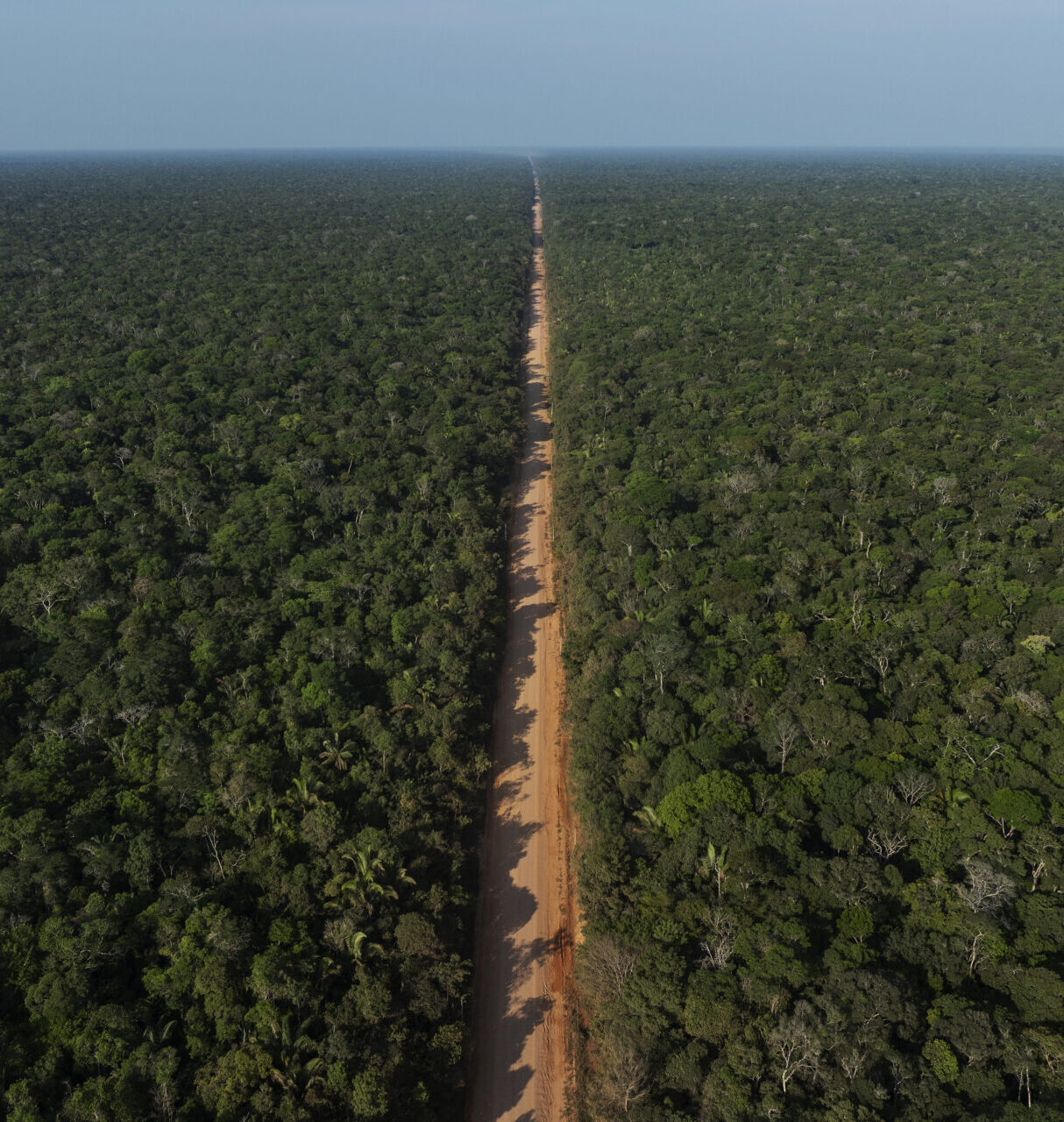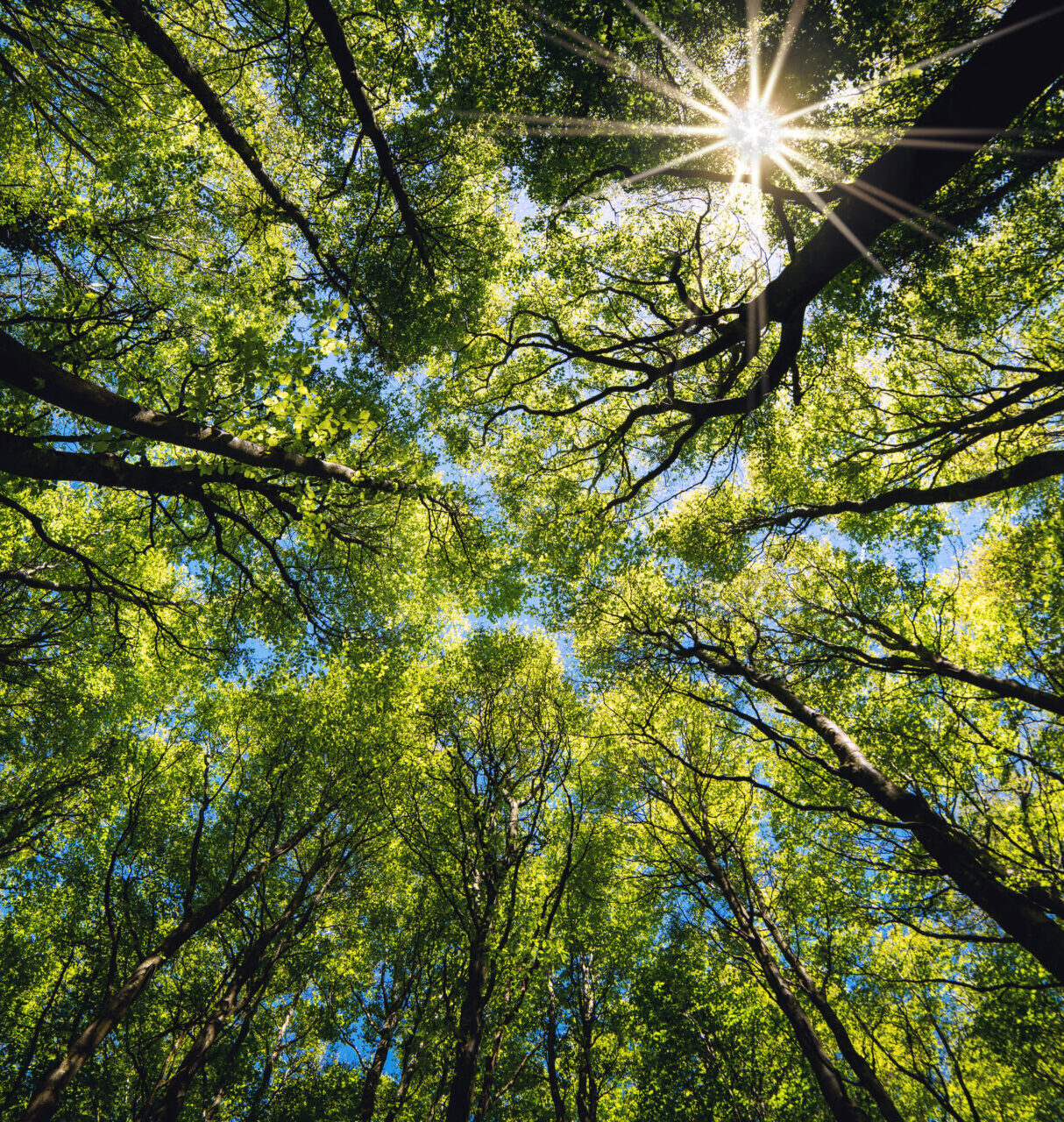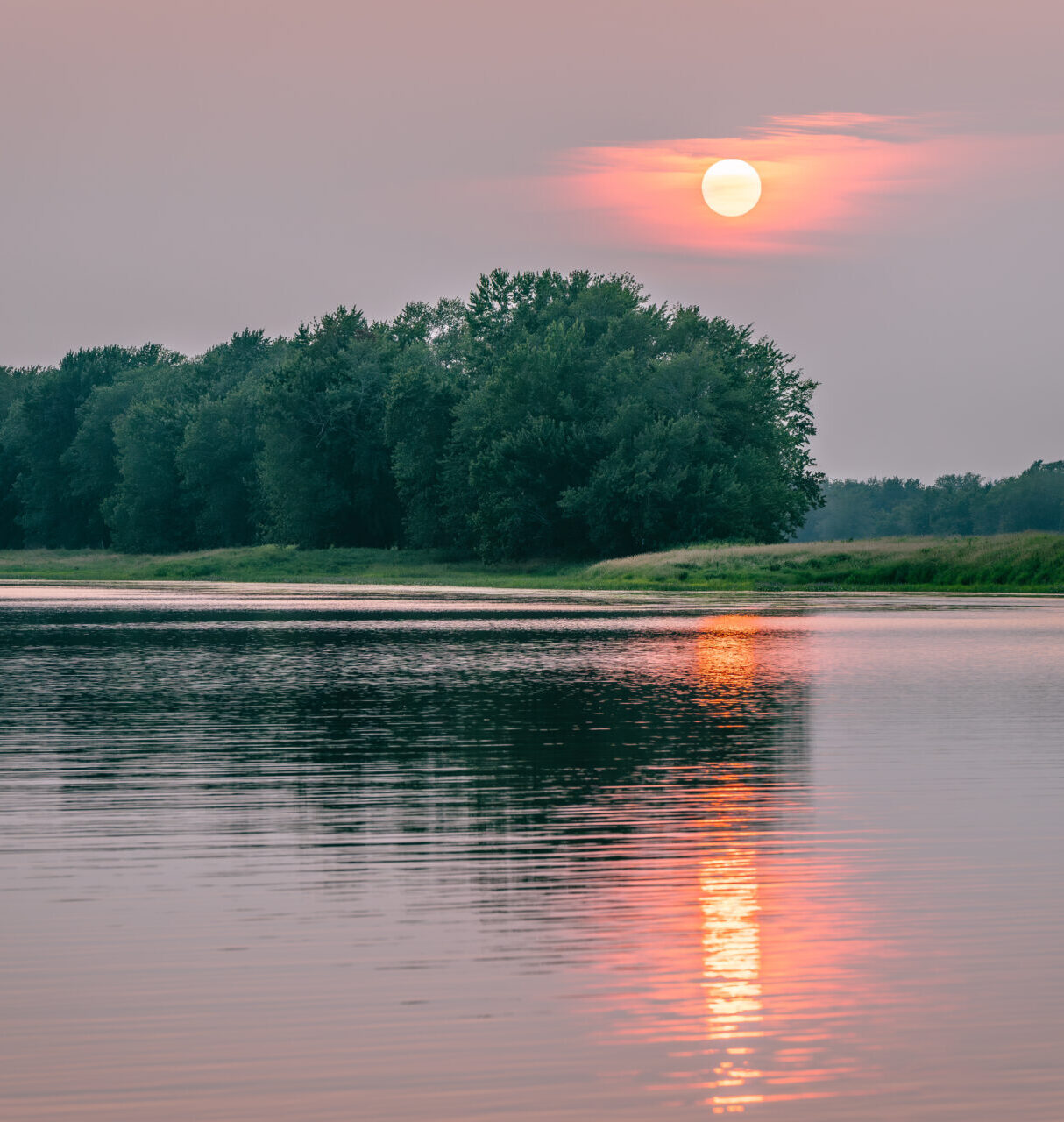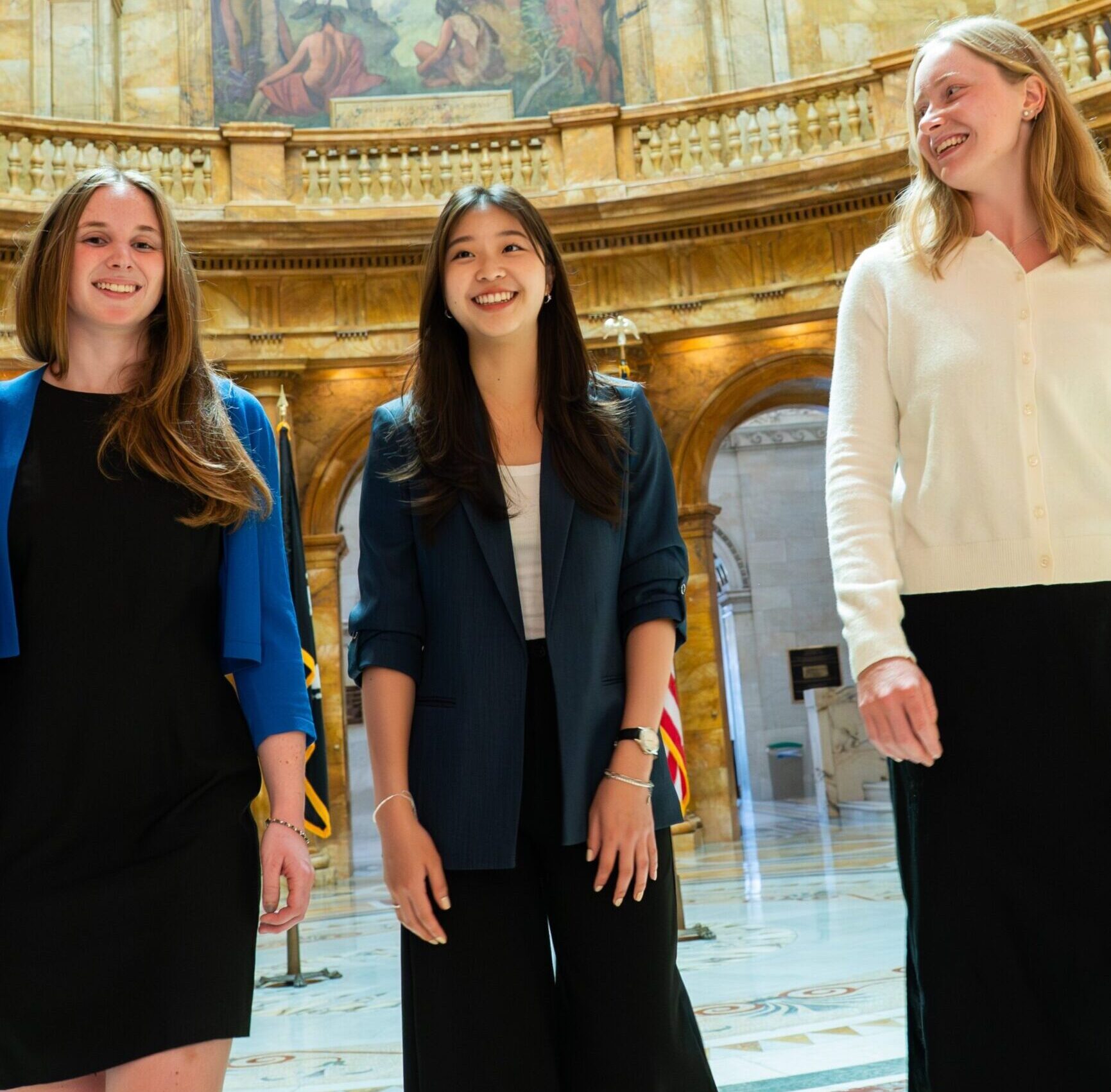Q&A with Claudio Cambon: On Photographing Stepwells
Photographer and environmental artist Claudio Cambon captures the unique and historic stepwells of India in his To Reach the Source series, selections of which are currently on display at the Salata Institute for Climate and Sustainability’s Center for the Environment. These subterranean structures, designed to collect and store water, serve as a compelling intersection of architecture, history, and sustainability. Through his lens, Cambon captures the intricate relationship between humans and the environment, urging viewers to reconsider their connection to natural resources. In this Q&A, he reflects on the inspiration behind his work, the environmental themes he explores, and the role of art in addressing contemporary ecological challenges.
What inspired you to focus on environmental themes in your artwork?
My interest in stepwells is primarily aesthetic, in terms of the ambiances that these unique subterranean structures generate, but this impulse is rooted in a variety of childhood experiences that are ultimately environmental in nature, because they concerned my perceptions of my surroundings.
Growing up, I was terrified of our basement because it was dark, cold, empty, and cut off from the rest of the world; it felt like a tomb. Going down into a stepwell, which can descend as many as eight, nine stories below ground, is an entirely different experience because it remains connected to the rest of the world, to a sense of life. You can hear what’s going on above ground and you can see the sky. There’s little that is claustrophobic about a stepwell. It instead expresses a continuity with the other planes of our existence, and in so doing, we are able to appreciate being in this space for its coolness, relative quiet, and meditative atmosphere. This dimension is no longer merely a necessity of varying degrees of displeasure (like going down into a parking garage or a subway station), instead a fulfilling experience. I can’t think of many other subterranean structures that do this.
Another childhood fascination that fed this project was my interest in water in the ground and the idea that our well, drilled deep into the ground, accessed some body of water that I could not visualize. At one point, my parents hired a dowser to prospect for a second well, as our water supply was feeble. He walked around the yard with a wishbone shaped branch in his hands, which would almost magnetically flip down in spots where he thought the water was most accessible. He could feel the water, dozens and dozens of feet below the surface, and in a way, we did with him. But I still wondered what that looked like.
Stepwells visualize the water by collecting it and framing it for us. Their extraordinary architecture organizes our ability to see, touch, hear, taste, and even smell the water in a rational, aesthetic manner. Most wells elsewhere in the world are simply conduits to this mysterious resource, but the access they provide remains abstract. Stepwells instead bring us into direct physical contact with the aquifer, and this gives us an entirely different appreciation of water and what it means to us, not just biologically but also culturally and spiritually.
The Sanskrit word jivana means both life and water. The water itself becomes alive in our minds. These structures not only allow us to access it directly; their beauty helps us understand it. And in fact, stepwells were functional, social, and ritual spaces that supported and celebrated life. People didn’t use them just to fetch water. They went there to find refuge from the heat and socialize, and to perform rites. The personal is environmental.
How has your perspective on environmental issues evolved through your artistic practice, and how do you hope your work contributes to that conversation?
Stepwells create a sense of mindfulness about oneself in relation to the environment. By contemplating the beauty of their structure and ornament, we are able to reflect better on what it feels like to be in the world, in terms of both space and time. Being in a stepwell involves your whole body, and this fosters a sense of presence. This awareness, which begins as an aesthetic experience, of course has spiritual implications, but also environmental ones. Becoming conscious of oneself in such a space and in relation to the water it contains heightens our awareness of the preciousness of the resource.
In theory, this should teach us to value it more and to waste it less, to take better care of it. To make a very simple, practical example, an architect I know in Bangalore who is very active in water conservation, Viswanath Skrikantaiah, told me about a community that recently restored its stepwell but decided against reinstalling the electric pumps that they had formerly relied on to draw the water. They said it was more important to take the extra time to go down into the well and carry out the water in buckets by hand, to appreciate the well and what it does for them, as this made them more careful about using its resources and helped them avoid depleting it in the dry season.
How do you balance artistic expression with conveying a message about sustainability or ecological concerns?
In viewing my photographs, the ambiance in the stepwell that you sense or experience is the main point of the photograph, pure and simple. But just because I emphasize a sense of the expressive in my pictures does not mean that I discount the value of what is being recorded and described in a more factual sense. There is a verbal framework that can be built around this initial, visually driven experience. In the case of my book, this takes the form of a brief text that follows the photographs. And within that framework, which starts in the photograph but leads out of it, there are other discussions to be had about the wells, about their history, their engineering, and their contemporary relevance in terms of water usage, heat abatement, and the preservation of empty space in an increasingly crowded public sphere in India. And I am happy to put my pictures at the service of such discussions, because the stepwells offer many lessons for our contemporary environmental crises that we ignore at our own peril.
How do you hope viewers will interact with or respond to your work? What message or emotion are you aiming to evoke?
I want people first to enjoy what they are seeing, to indulge their curiosity and the sense of mystery that this invokes. This can linger even when you know the facts of the well, in other words, when the well was built, where it’s located, etc.
And then, viewers can use the image to extrapolate to other kinds of issues involving the wells. If the images are convincing aesthetically, this can further the depth of someone’s convictions about, for example, the value and feasibility of building a subterranean heat shelter or the importance of proper water engineering. When we can experience these issues physically, for example, through a convincing aesthetic experience, we believe them more. Our physical isolation from nature in the modern world contributes to our denial of the environmental challenges we face, and art can help us reconnect to this larger whole that we need to feel to protect it. Art helps us see our surroundings as a part of us, not as an Other.
What role do you think art plays in addressing climate change and inspiring action?
Hard as such ambiances are to define, for being diffuse, intangible, and feeling outside time, they can also be used to talk about climate change, which is very much a question of time. Climate change presents certain challenges for still photographers precisely because of its sense of time. Photographs capture one moment, but climate change as a concept necessarily involves at least two such moments, a before and an after (or, more precisely, a now). If you are committed to the individual photograph as your medium of expression, how can you depict two moments using a medium that shows only one? This leaves aside the possibility of using multiple photographs within a larger piece, which always remains.
My answer is, if you immerse deeply enough in the one moment before you in the photograph, if what you see moves you enough, you then compare that one moment to ones outside the frame, in your own life, and that becomes how you relativize time and perceive change as a result. Look at a stepwell full of water in all its beauty and imagine what it would be like to be sitting at its edge amidst its spectacular architecture, and once the image anchors itself in your mind, you can more readily compare it to what you experience in the present. Those are the “two” images you end up comparing in your mind. This allows you to measure all ensuing discrepancies on that basis, for example in terms of contemporary heat and water issues.
—
Join us Wednesday, March 5, at 5pm to hear photographer and environmental artist Claudio Cambon discuss his artistic vision, creative process, and the deeper environmental and cultural significance behind his series on India’s historic stepwells. A reception surrounded by selections from this series will follow the talk. Register now.
Explore the full photography collection of To Reach the Source: The Stepwells of India, available for purchase now.

